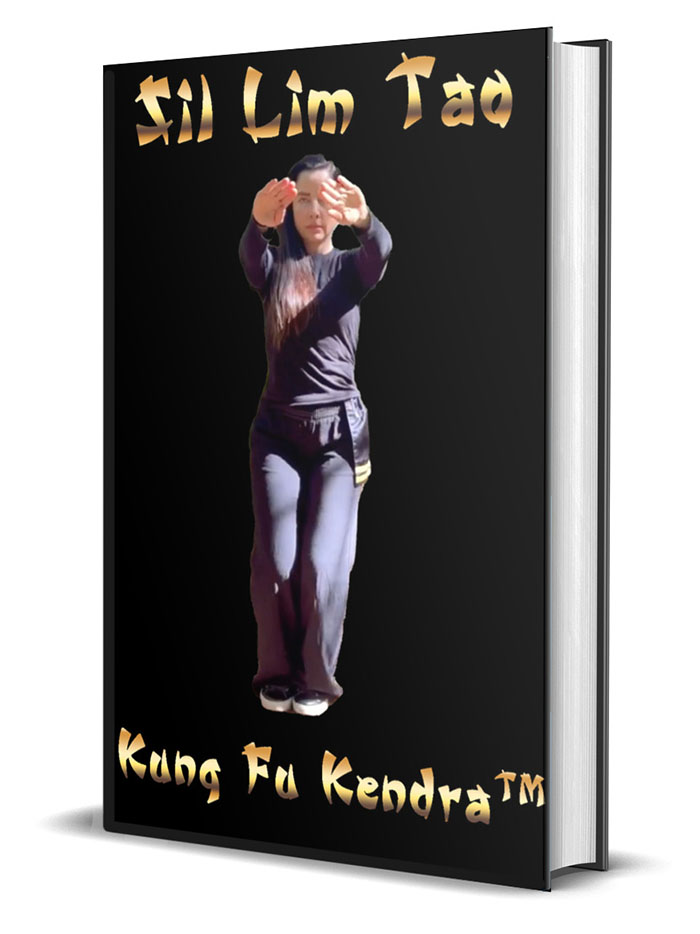From the Streets to Silver Screen: Real-Life Wing Chun Fights that Inspired the Movies
Wing Chun’s meteoric rise from an esoteric Chinese martial art to a cinematic staple is rooted in the gritty reality of street confrontations and legendary practitioners who lived their art beyond the classroom. The spectacular fight scenes seen on film are far from pure fiction; many derive their drama and technical flair from real-life encounters where Wing Chun’s tactical brilliance was put to the ultimate test. This journey—from alleyway brawls and rooftop duels to choreographed showdowns on the silver screen—showcases how the art’s practical legacy has shaped martial arts cinema and captivated global audiences.
The mythos of Wing Chun in combat began in the bustling, crime-riddled districts of mid-century Hong Kong. Practitioners like Bruce Lee and his teacher, Ip Man, earned reputations not just for their technical skill, but for their willingness to test and refine their techniques on the streets. Ip Man’s stories are filled with accounts of challenge matches against other martial artists, triad members, and even local law enforcement. Such encounters were less about spectacle and more about survival—forcing Wing Chun exponents to hone core principles like centerline control, simultaneous attack and defense, and rapid counterstrikes. The result was an art that valued effectiveness over performance, compelling future generations to prove Wing Chun’s relevance both inside and outside the dojo.
Bruce Lee’s experience in Hong Kong helped bridge the gap between street-proven strategy and movie spectacle. Before becoming a global icon, Bruce participated in rooftop fights and school rivalries that sharpened his response time, adaptability, and fearlessness. These very qualities are at the heart of the explosive choreography seen in classics like “The Big Boss,” “Fist of Fury,” and “Enter the Dragon.” Action scenes are often stylized for entertainment, but their underlying mechanics—direct strikes, trapping hands, and relentless pressure—remain deeply faithful to the principles Bruce tested in actual combat. Wing Chun’s influence, via Bruce, introduced mainstream audiences to a new model of cinematic fighting: less flowery, but undeniably potent.
Modern martial arts cinema continues to draw inspiration from the real stories of fighters who used Wing Chun in genuine self-defense. Donnie Yen’s portrayal of Ip Man is deeply informed by documented accounts of the master’s encounters, such as the legendary challenge matches that showcased not just physical skill, but mental composure and tactical improvisation. Many scenes in the “Ip Man” film series recreate situations faced by the historical figure—standing up against bullies, defending community members, and facing powerful challengers from other disciplines. This blend of historical fact and dramatic embellishment helps illuminate why Wing Chun remains such a compelling subject for filmmakers: its real-world roots lend credibility to the fantasy, allowing audiences to believe, at least for a moment, that the action is not just possible, but perhaps historical.
From the first time Bruce Lee unleashed a chain punch on camera to the precise, measured moves of Donnie Yen’s Ip Man, Wing Chun’s cinematic legacy has always been inseparable from its street-fighting origins. The impact of real-life confrontations reverberates through every dramatic showdown, lending authenticity to each parry and counter. In bringing these stories to life, film not only entertains but preserves the spirit of a martial art forged in the crucible of necessity—an art that continues to inspire and evolve both on and off the screen.

